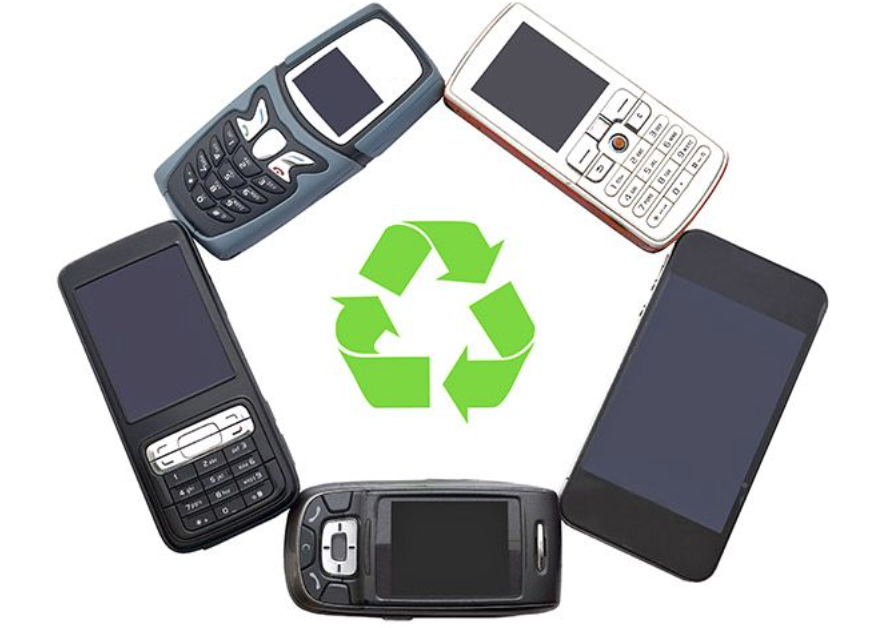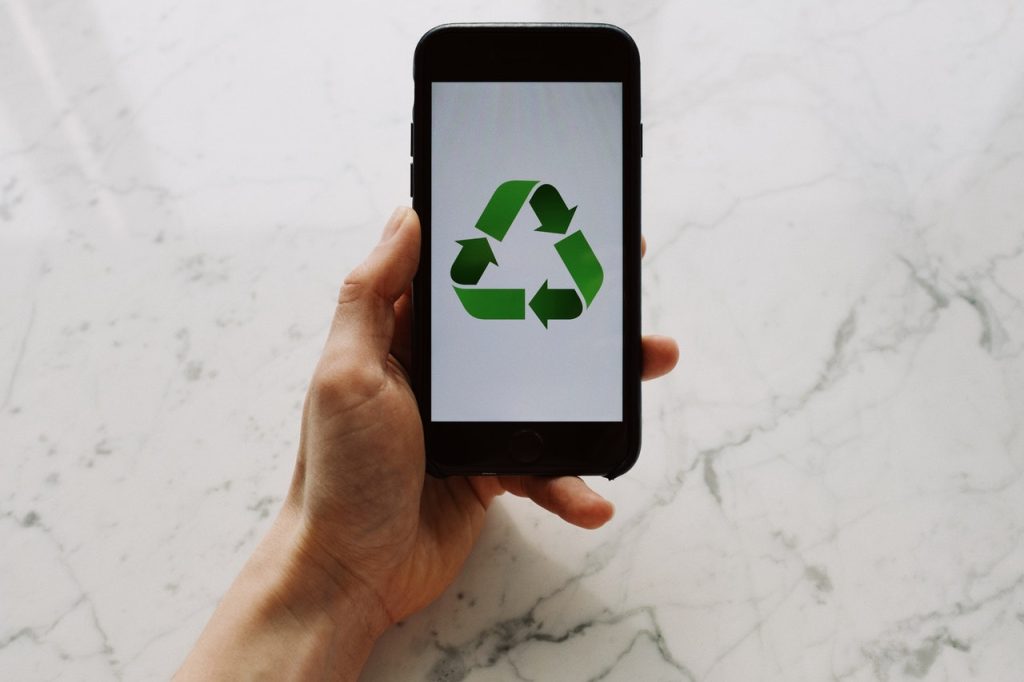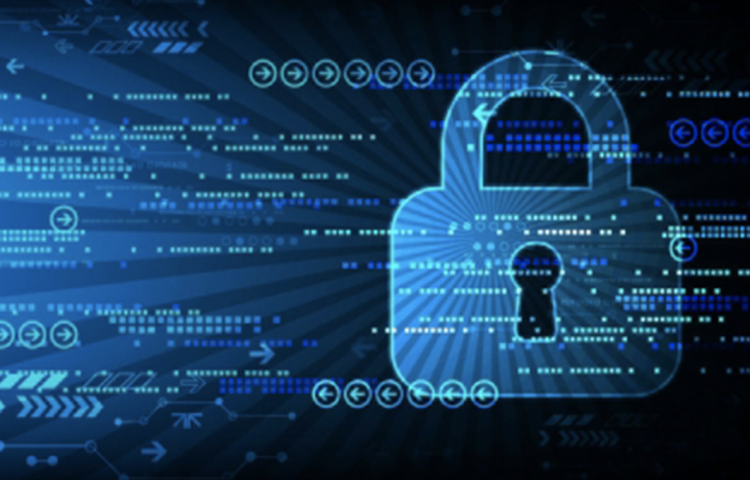Securely handling old devices demands attention to detail, especially as privacy and security become paramount in the digital age. Five years back, Apple showcased their commitment to privacy with a striking commercial called “Privacy Side” that lasted 45 seconds, the bulk of which focused on shielding privacy from prying eyes.
Apple’s Privacy Stance
A Legacy of Digital Secrecy
In pursuit of creating an impregnable digital fortress, Apple has left no stone unturned, embedding Secure Enclave and T2 chips within their hardware to safeguard sensitive data.
The Secondhand Slip-Up
When Apple’s Prototypes Hit the Markets Unintended
Despite such stringent privacy measures, Apple devices used and discarded by the company or its affiliates have slipped into the secondhand market, laden with confidential information—highlighting a major oversight in the supposed finality of their disposal processes.

A Rescued Time Capsule
Unlocking Secrets from Apple’s Retired Hardware
Imagine a scenario where a seemingly empty Time Capsule, once part of Apple’s European flagship stores, holding extensive backups from the 2010s, is unearthed by a security researcher for $38 plus shipping.
A Call to Digital Arms
The Indispensable Need for Data Overwriting
This brings us to the crux of consumer action—preventing data recovery from old devices is no trivial matter. Such caution is doubly significant as personal privacy in the wrong hands can act as a concealed dagger.

Deception by Formatting
The Illusion of a Clean Slate
Many are under the illusion that a standard ‘format’ clears all data, while in reality, it merely obscures it, waiting to be uncovered by those with the tools and intent to do so.
The Overwriting Solution
A Simple Yet Effective Data Protection Measure
The best defense? Overwrite. Fill your device with large files like movies or high-resolution videos, then delete and repeat the process at least two to three times. A similar philosophy applies to computers.
Clearing Data on Windows and macOS
Erase Beyond Recovery
On Windows, the cipher command can repeatedly overwrite deleted files, while macOS users can utilize diskutil coupled with the dd command for an even more thorough data wipe:
- Windows: Open Command Prompt as administrator and input
cipher /w:DRIVE-LETTER:\FOLDER-PATH\. - macOS: In Terminal, list disks with
diskutil list, then completely erase withdiskutil secureErase [level] /dev/disk2, where [level] specifies the overwriting intensity required.
As we navigate through this era of information, privacy becomes our most valuable asset, often invisible yet crucial. Despite efforts from tech giants like Apple and Google to patch these vulnerabilities and secure our digital keys, the responsibility also lies with us. Like our physical house keys, if we’re not careful, the keys to our digital privacy might just slip through the holes in our pockets.


















































Discussion about this post